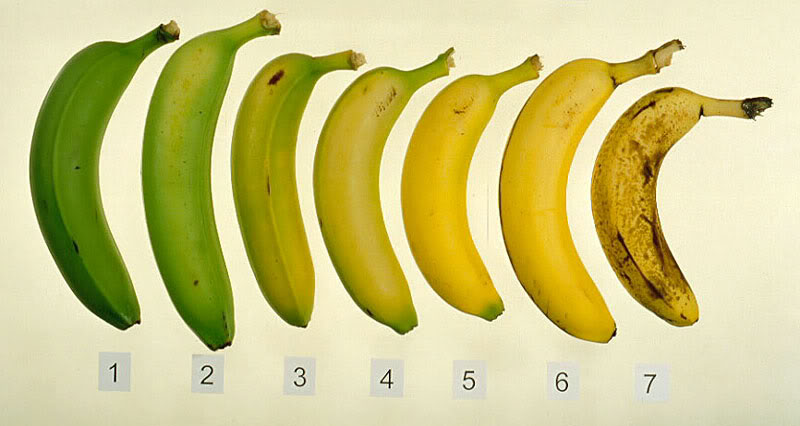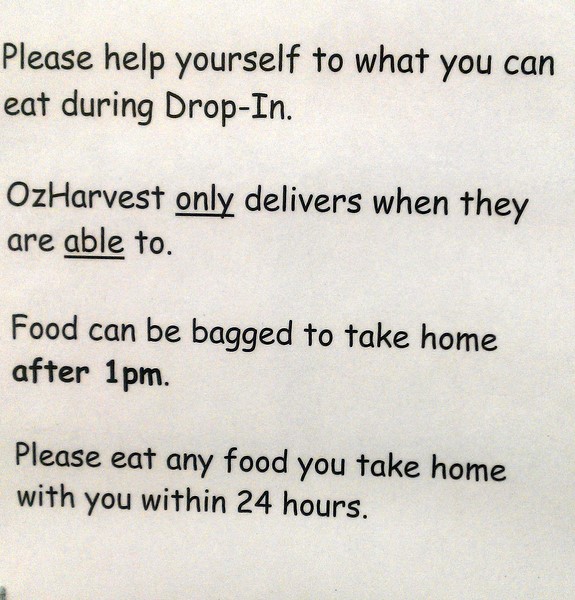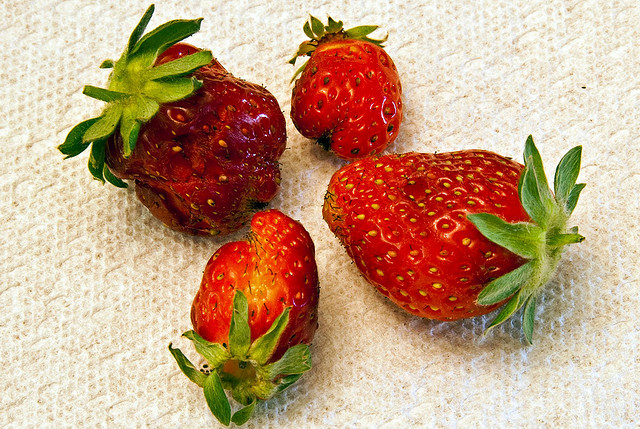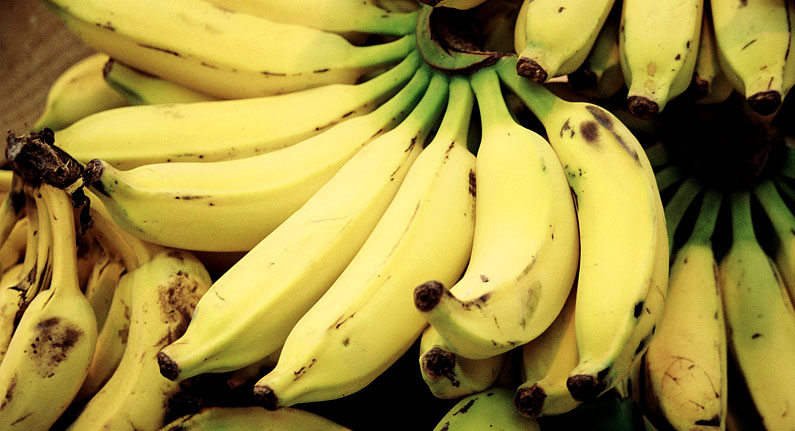Day 7 of the $35 challenge and it’s time to sit back and reflect. The $35 Challenge is not just about denying yourself, and it’s not just about raising money. The most important part of The $35 Challenge is that old cliché – putting yourself in another person’s shoes. It’s about experience, and more importantly, what you learn from that experience. Here’s what have I learned.
There is power in numbers. This is the most powerful lesson I learned. There is power in numbers when we all come together and decide to make a difference. On a more practical note, there is power in numbers in terms of the size of your household. The more helping hands you have, the easier it is to get by. Also, on a per-head basis, costs go decrease when they are shared.
Don’t underestimate what you have. I mean this literally – look in your cupboards. Look in your fridge. I cannot tell you how many times this week I thought we didn’t have enough food and then managed to sort something out. I thought we were out of food for tonight’s dinner. I was a little bit nervous, it was not a great feeling. But I found veggies, eggs, rice, tofu and lemons and tonight I will cobble together another fried rice. It will be of the 2/3 veggies, 1/3 rice variety. It may not blow anyone’s mind, but it will probably be very tasty.
Don’t underestimate yourself. We’re all tired. We’re all busy. But I can’t see how we’re too busy to make a tuna sandwich. Or scrambled eggs on toast. Or a salad. Or this soup. Making do with what you have, not wasting a thing – these are old-fashioned lessons we learn through having very little. But they would still serve us well when we have more. Frugality is having a comeback. Jump on the bandwagon.
Be thankful (but not complacent). Bloody hell, the list of things I am grateful for right now would fill a book. I have a roof over my head. I can have espresso any time I want. I have privacy, freedom, dignity. When I walk down the street, I don’t need to beg for money. People don’t abuse me for being a drain on the public purse. I have an education. I have family and friends I can turn to for help. I can do something to help. I have something to contribute.
Give generously. Organisations like OzHarvest run on generosity. They run on donations of time, food and money. If you are a business with excess food going to waste, get in contact with OzHarvest. If you have a teensy bit of cash to spare, donate to OzHarvest. If you have time, volunteer. There are people not so very far from where you live who rely on these organizations. They shouldn’t have to, but they do. And until systematic change provides some kind of safety net, we need to do what we can to help.
I have to say thank you to everyone who has helped with The $35 Challenge this year. By participating, blogging, tweeting and donating, you have all made a big difference. Join me next year during anti-poverty week and we’ll do it all again.
What have you learned from The $35 Challenge?
I am ashamed to admit that the only thing I remember of Cyclone Larry is that it meant I could no longer afford bananas. Suddenly they were a luxury item at around $14/kilo. I remember the café I worked at having to pay more for a loaf of banana bread than I’ve seen before or since. What I didn’t know at the time was that my definition of banana may differ from that of the major supermarkets. But more on that later.
With all these natural disasters recently, there seems to be one issue (besides donations and tax levies) that the media uses to relate to those of us on the outside looking in: food prices. Articles on the impact of flooding and cyclone Yasi on fruit, vegetable and sugar cane crops in the immediate future and on the price of winter produce in the months to come, not to mention the loss to our coal and tourism industries, abound.
Obviously, fears are always more newsworthy than assurances. Various experts with clashing opinions are consulted, from economists to heads of major corporations to government officials, all asked to comment on or forecast the impact of these disasters on the average Australian household. Statistics are wheeled out, requoted, tweeted and blogged as people attempt to arm themselves with fact as a way of warding off impending doom.
Right now its guesstimate city as to what the outcome will be, but as Queensland accounts for 28% of Australia’s fruit and vegetable production, there is no doubt that there will be an impact. Lettuce, tomatoes, bananas and sugar cane will be affected. According to The Sydney Morning Herald, 60% of Australia’s sweet potato, spring onions, mandarins and zucchini and 80% of Australia’s beetroot comes from flood-affected areas. For these items and more, experts are suggesting substitution (for example, using cabbages instead of lettuce), but warn that the ability to substitute produce will lessen as supplies dwindle and that paying more for fresh produce is inevitable.
Just to make it a tad more complex, experts have pointed out that prices had already increased quite significantly from September to December for reasons wholly unrelated to natural disasters. On top of that, even after that impact of the floods and cyclone passes, prices will continue to climb, as rapid growth of immerging economies increases the demand for food.
For an added level of complexity, Coles and Woolworths have ‘relaxed’ their prohibitive quality standards when it comes to appearance, meaning that so-called ‘ugly’ fruit will be temporarily permitted on their pristine shelves. This practice forces us to question the value of such standards and whether it leads to artificial inflation of prices in major supermarkets. Farmers have long argued that there is actually an oversupply of produce on the market, but the major supermarkets reject it on cosmetic grounds, with farmers often overproducing to get perfect fruit and then selling off the excess at a discounted price. According to Brisbane website foodconnect, each year 100,000 tonnes of bananas are chopped up and spread over banana plantations as fertiliser.

Scale of banana ripeness- not a feature considered in determining banana grading. Image courtesy of ergunter.
If I were a proper food blogger, I’d give you a recipe right now using cheap, non-flood affected produce and wait for all the commenters to compliment me on my ingenuity. Or I’d tell you all to start growing your own lettuce/tomatoes/bananas/sugarcane, lazy so-and-sos. Or I’d extol the virtues of farmers markets, claiming that the Duopoly of Australian Supermarkets is evil and anyone who shops there just as bad. But none of that is for me. What I will suggest is that you read the specs for Woolworths Grade 1 bananas here and have a think about whether or not any of them seem relevant to you. These are the kind of framesorks that determint what we see on our supermarket shelves, and what get used as fertiliser.
About me
 Sharing easy recipes, hunting down the best coffee. Honest accounts, nothing too serious. Read more...
Sharing easy recipes, hunting down the best coffee. Honest accounts, nothing too serious. Read more...Recent Posts
- Aerpress means no more shit #travelcoffee and #workcoffee
- Why I write and four ace bloggers who do it better
- The five best things I ate in London
- Shoreditch is awesome, airports are not
- I quit sugar? Do I bollocks.
- Cubao Street Food, Alexandria
- The Reformatory Caffeine Lab, Surry Hills
- Brewtown Newtown
- Stay caffeinated over Christmas
- Gumption by Coffee Alchemy, Sydney CBD
Popular posts this month…
 Review – Philips Saeco Intelia posted on January 10, 2012
Review – Philips Saeco Intelia posted on January 10, 2012  Sparkling Long Black posted on May 10, 2011
Sparkling Long Black posted on May 10, 2011  Kosher Whole Orange Cake posted on July 5, 2011
Kosher Whole Orange Cake posted on July 5, 2011  The quest for Mex part 2 – Feisty Chicken Burritos posted on December 21, 2010
The quest for Mex part 2 – Feisty Chicken Burritos posted on December 21, 2010  Vella Nero Coffee Couture, Sydney CBD posted on June 28, 2011
Vella Nero Coffee Couture, Sydney CBD posted on June 28, 2011  Fairy Bread posted on March 11, 2011
Fairy Bread posted on March 11, 2011  Café review – Flint and Steel (Coffee Alchemy), Marrickville posted on March 1, 2011
Café review – Flint and Steel (Coffee Alchemy), Marrickville posted on March 1, 2011  Gumption by Coffee Alchemy, Sydney CBD posted on December 13, 2013
Gumption by Coffee Alchemy, Sydney CBD posted on December 13, 2013
Disclaimer:
All opinions in this blog are mine, an everyday, real-life person. I do not accept payment for reviews and nor do I write sponsored posts. I do not endorse the content of the comments herein.








